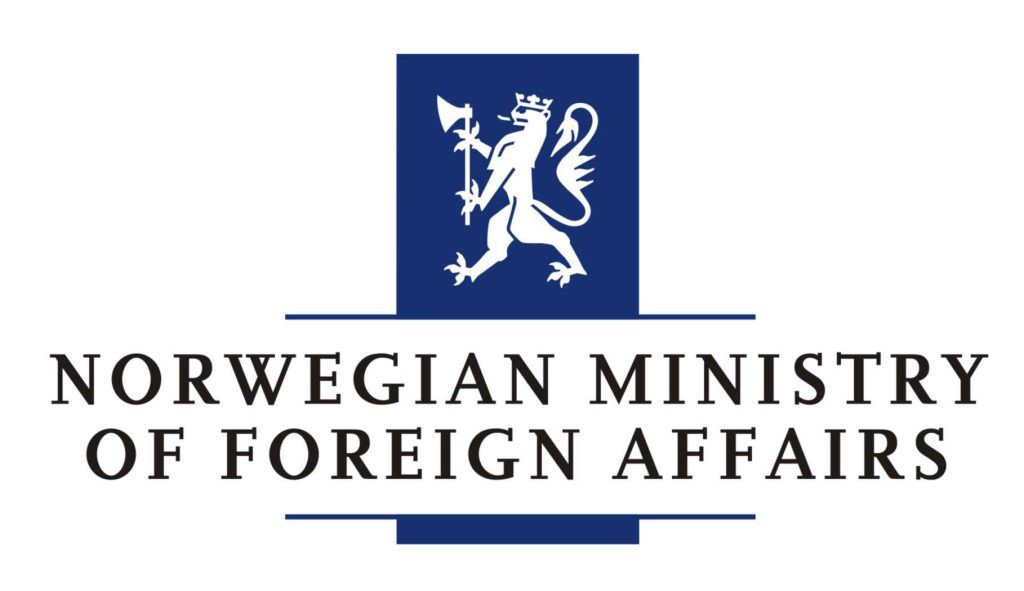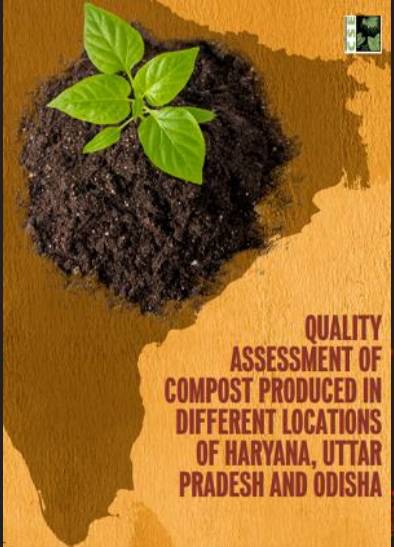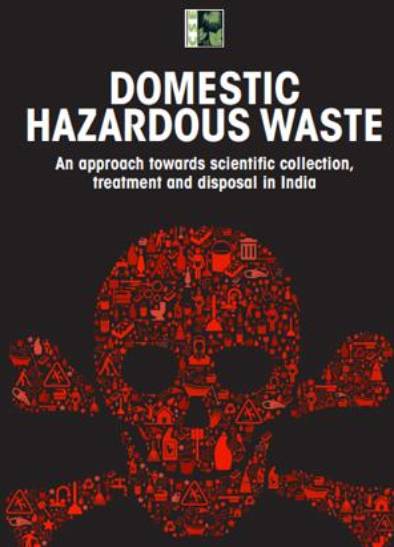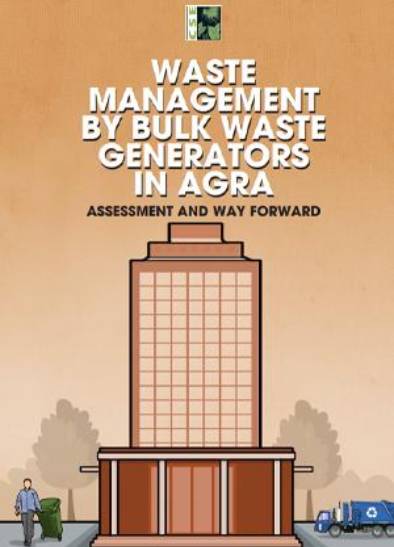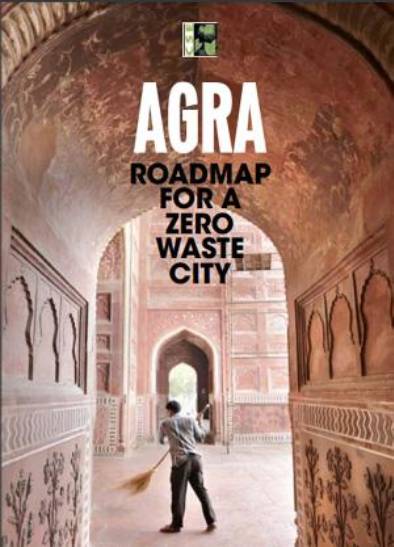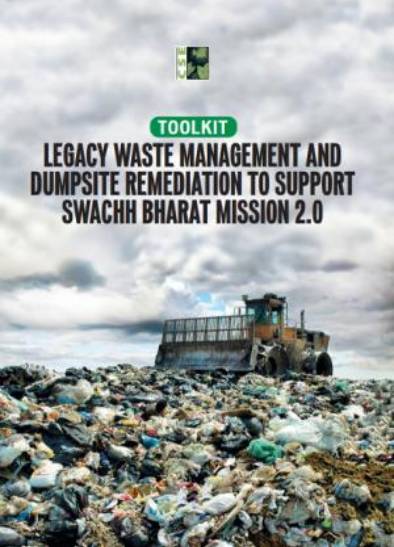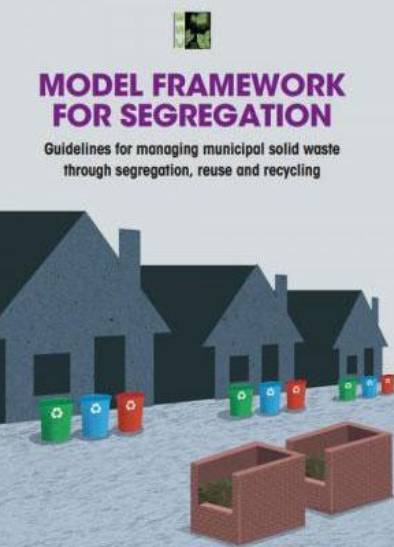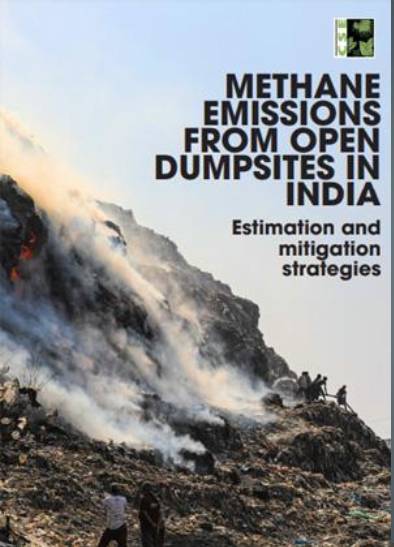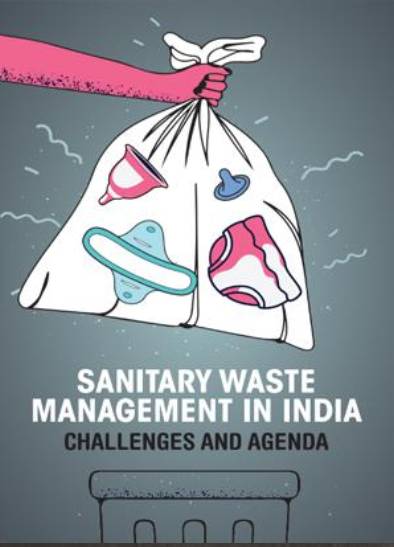
According to the United Nations Environment Programme (UNEP) secretariat for the Barcelona Convention, marine litter is defined as “any persistent, manufactured, or processed solid material discarded, disposed of or abandoned, regardless of its size that enters the marine and coastal environment”1 . This includes items deliberately discarded or unintentionally lost at sea or along the coastline. Common examples prevalent in the Indian marine ecosystem are plastics, wood, metals,...

